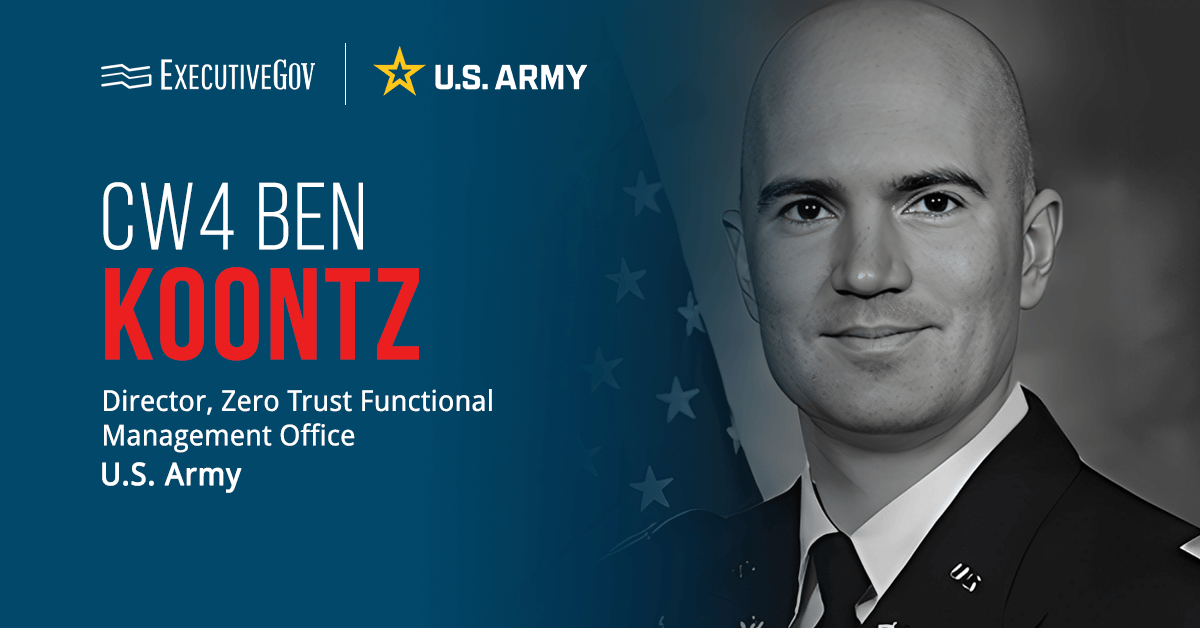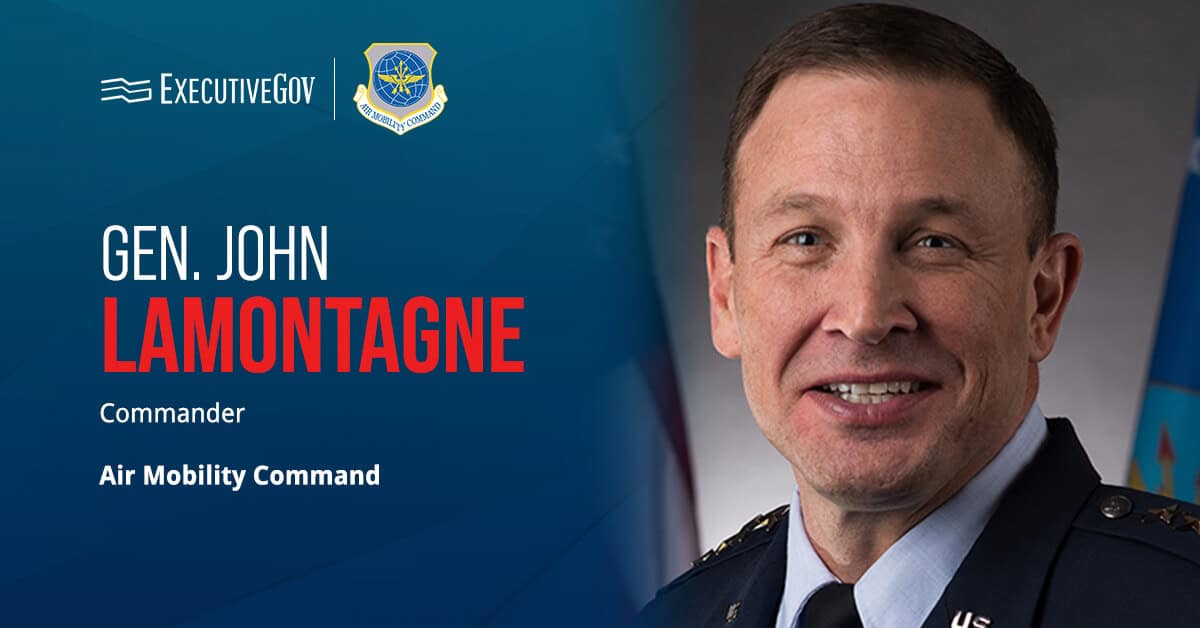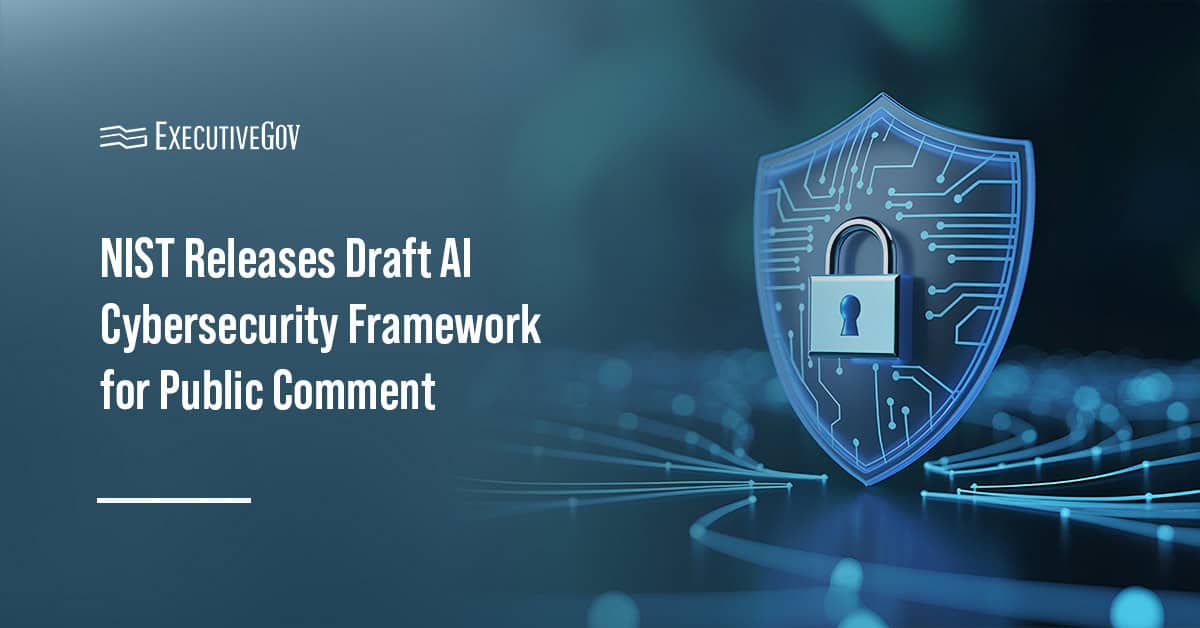Chief Warrant Officer Four Ben Koontz, director of the U.S. Army’s functional management office for zero trust, said the military branch has started piloting 58 zero trust capabilities to address the top cyber challenges at the tactical edge, Federal News Network reported Friday.
“The 101st Airborne Division out of Fort Campbell already started piloting the zero trust implementation on tactical and they did very well in an assessment and a threat assessment. They’ve proved the effectiveness of it. They proved that they could take a complex topic as zero trust, architecture, design and implement it at a tactical edge and operationalize it,” Koontz told FNN during a conference in Savannah, Georgia.
He said his office worked with the Cyber Center of Excellence on the strategy detailing the 58 capabilities.
“We’ve modularized what you can do based on what capabilities you’ve fielded. So some people may only be able to do 30 or 40, and then others will be able to do the full 58,” Koontz said.
He also talked about the reason behind the selection of the 101st Airborne Division for the pilot.
Table of Contents
Involvement of Army Leaders
According to Koontz, one of the lessons the Army learned from the pilot is ensuring the involvement of commanders and other military leaders at the start of the planning phase.
He also highlighted the need for leaders to gain visibility into their network by understanding how much traffic goes through it as part of their organization’s tech baseline.
Definitive Guidance
Koontz said the Army intends to release definitive guidance in the next five to six months to accelerate the implementation of zero trust across tactical formations in 2025.
According to the Army official, the document will include a tactical edge zero trust strategy, implementation plan and a concept of operations and will be released along with a cyber zero trust playbook.





